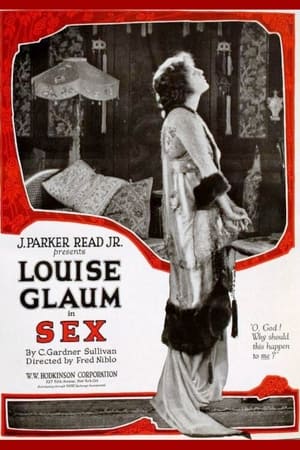

Dreams and Burdens(2005)
A retrospective interview with director Werner Herzog.
Movie: Dreams and Burdens

Dreams and Burdens
HomePage
Overview
A retrospective interview with director Werner Herzog.
Release Date
2005-05-10
Average
6
Rating:
3.0 startsTagline
Genres
Languages:
EnglishKeywords
Recommendations Movies
Frank Pierre Presents: Pierre Resort & Casino(en)
Renowned billionaire Frank Pierre invites you to tour his brand new Hotel and Casino.
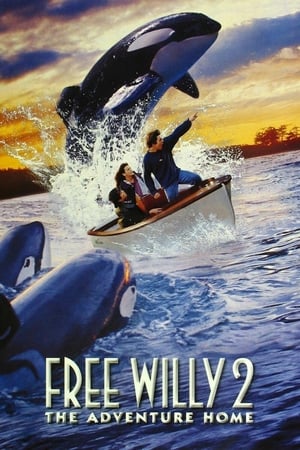 5.9
5.9Free Willy 2: The Adventure Home(en)
Jesse becomes reunited with Willy three years after the whale's jump to freedom as the teenager tries to rescue the killer whale and other orcas from an oil spill.
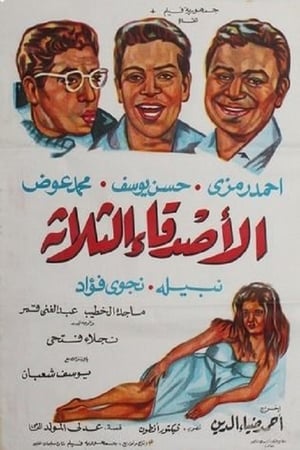 6.1
6.1The Three Friends(ar)
Three friends are arrested after committing an accident with their car. After finishing their sentence, they become partners with the owner of a decoration workshop. But he deceives them and spends the money in gambling. They force him to sign a waiver of his workshop but he wants to get it back.
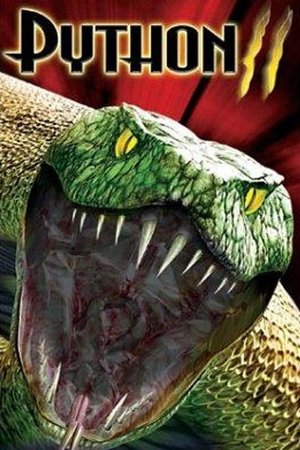 5.4
5.4Python 2(en)
A man, his business partner, and his wife are enlisted to transport an unknown object from a Russian military base, only to discover that the object is a giant, genetically-altered python.
 8.1
8.1WWE WrestleMania XXIV(en)
WrestleMania XXIV was the twenty-fourth annual WrestleMania PPV. The event took place on March 30, 2008, at the Citrus Bowl in Orlando. The first main event was a Singles match from the SmackDown brand that featured The Undertaker challenging World Heavyweight Champion Edge for the title. The second was a Triple Threat match from the Raw brand, in which WWE Champion Randy Orton defended against challengers Triple H and John Cena. The third was a singles match featuring ECW Champion Chavo Guerrero defending against Kane. Other matches include a No DQ match with Floyd Mayweather Jr. fighting The Big Show, a Money in the Bank ladder match with Carlito, Shelton Benjamin, MVP, CM Punk, Mr. Kennedy, Jericho, and John Morrison, and a retirement match between Shawn Michaels & Ric Flair.
 6.3
6.3Bad Taste(en)
A team from the intergalactic fast food chain Crumb's Crunchy Delights descends on Earth, planning to make human flesh the newest taste sensation. After they wipe out the New Zealand town Kaihoro, the country’s Astro-Investigation and Defense Service (AIaDS) is called in to deal with the problem. Things are complicated due to Giles, an aid worker who comes to Kaihoro the same day to collect change from the residents. He is captured by the aliens, and AIaDS stages a rescue mission that quickly becomes an all-out assault on the aliens’ headquarters.
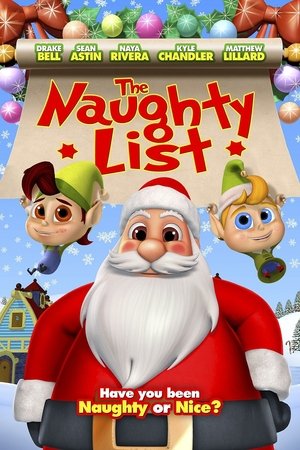 8.4
8.4The Naughty List(en)
After two young elves give Santa and the North Pole food poisoning they must redeem their Naughty List status by finding a way to save Christmas.
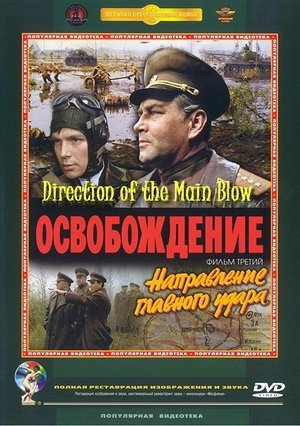 6.0
6.0Liberation: Direction of the Main Blow(ru)
This five part epic war drama gives a dramatized detailed account of Soviet Union's war against Nazi Germany during world war two. Each of the five parts represents a separate major eastern front campaign.
 5.0
5.0Sonic Youth: Koncertas Stan Brakhage Prisiminimui (April 12, 2003)(en)
Filmed April 12, 2003 at a benefit concert held at and for The Anthology Film Archives, the international center for the preservation, study, and exhibition of avant-garde and independent cinema. In addition to screening films for the public, AFA houses a film museum, research library and art gallery. The event, which raised money for the Archives and celebrated the life and work of avant-garde film maker Stan Brakhage, featured Sonic Youth providing an improvised instrumental collaboration with silent Brakhage’s films. The band performed with drummer/percussionist Tim Barnes (Essex Green, Jukeboxer, Silver Jews).
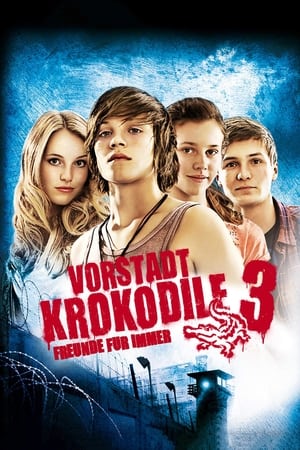 6.8
6.8The Crocodiles: All for One(de)
“The Crocodiles” are back and they are in for quite an adventure! Frank is seriously hurt and needs a liver donation. In order to save him, the gang needs to get Frank’s brother out of prison. Their plan is risky and the stakes are high.
Joann Sfar (drawings)(en)
Documentary about Joann Sfar (born August 28, 1971) is a French comics artist, comic book creator and film director. He is considered one of the most important artists of the new wave of Franco-Belgian comics. His main influences are Fred and André Franquin as well as Marc Chagall, Chaim Soutine, Will Eisner, Hugo Pratt and John Buscema. From 2009 to 2010, Sfar wrote and directed Gainsbourg: Une Vie Heroique, a biopic of the illustrious French songwriter and singer, of whom Sfar is a self-confessed fanatic. The film, which draws substantially on Sfar's abilities as a comic book artist through its extensive use of fantasy artwork, animation and puppetry, was released in 2010 to general critical acclaim.
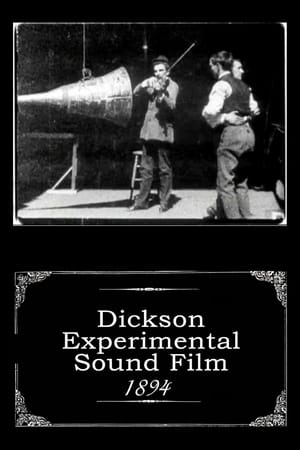 6.1
6.1Dickson Experimental Sound Film(en)
William K.L. Dickson plays the violin while two men dance. This is the oldest surviving sound film where sound is recorded on the phonograph.
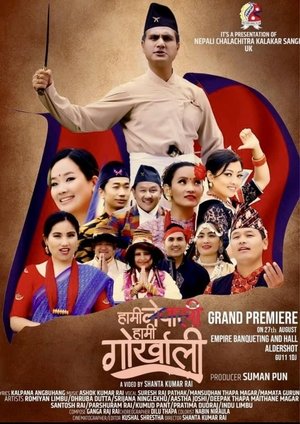 9.5
9.5Hami Nepali Hami Gorkhali(en)
Hami Nepali Hami Gorkhali is a Nepali music video story about Gurkha people
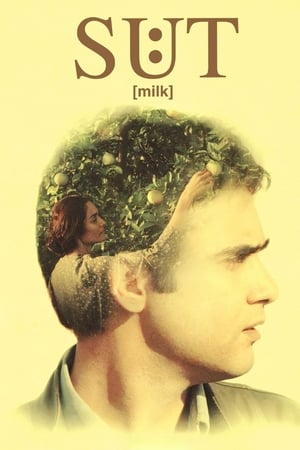 6.0
6.0Milk(tr)
A high school graduate, Yusuf could not pass the university entrance exam. Writing poetry is his greatest passion and some of his poems are being printed in various obscure literary journals. But neither these poems, nor the rapidly falling price of the milk they sell, are being of any benefit to Yusuf and Zehra's lives. When Yusuf finds out about Zehra's secret affair with the town's stationmaster he gets disconcerted. Will he find the way to cope with his anxiety for the unknown future, the rapid change that he is going through and the pain of taking a step into adulthood and leaving his youth behind
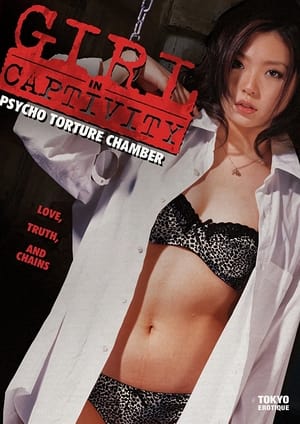 5.2
5.2Girl In Captivity: Psycho Torture Chamber(ja)
Sakurano plays a girl named Kimika who wakes up chained up in a dark boiler room, unsure of how she got there. She’s soon approached by a strange large man wearing a mask and using a creepy voice changer. The girl is the daughter of Daisuke (Kenji Ezure), the shrewd president of a general contracting company. Daisuke was too occupied with an ongoing sexual fling with his secretary (Asami) to notice that his daughter was missing at first, and his relationship with her was already strained due to a certain incident in the past, but when he receives a threatening phone call he eventually recognizes the gravity of the situation. Eventually, Kimika begins to calm down as her fear slowly turns into a perverse attraction to this strange person holding her captive. What is the kidnapper’s motive? And what is his true form? In the basement of a certain building, insanity merges with obscenity as the plot unfolds.
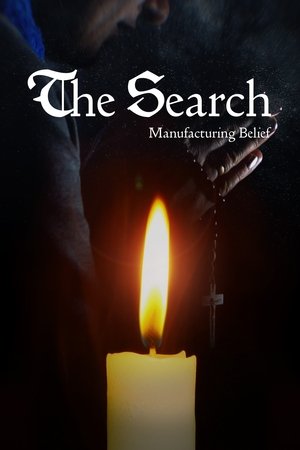 7.0
7.0The Search - Manufacturing Belief(en)
Sam Harris, Richard Dawkins, Daniel Dennett, Dacher Keltner and other prominent secularist thinkers ponder questions of awe, spirituality, consciousness and science against the dramatic backdrop of a Christian youth retreat. Cursillo retreats have, for decades, been a training and indoctrination tool for Christian leaders. Awe is the product. The Search - Manufacturing Belief is a personal reflection on this worldwide movement, featuring commentary by prominent secularist thinkers.
 7.8
7.8Monster High: Escape from Skull Shores(en)
It's officially Spring Break at Monster High, and Lagoona takes her gilfriends across the sea to the Great Barrier Reef, but they are ship wrecked and end up on a mysterious skull shaped island. At Skull Shores, they enjoy the local hospitality until they realize that they are being used by a slippery showman named Farnum to lure the rarest, most mysterious monster of them all, "the Beast.”
Similar Movies
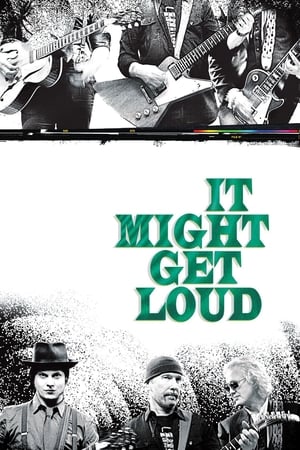 7.2
7.2It Might Get Loud(en)
A documentary on the electric guitar from the point of view of three significant rock musicians: the Edge, Jimmy Page and Jack White.
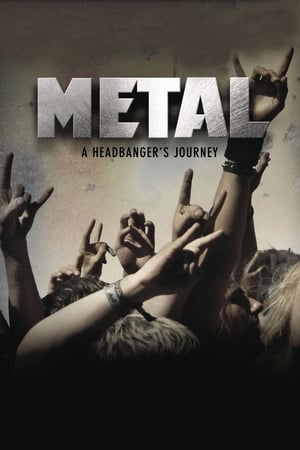 7.6
7.6Metal: A Headbanger's Journey(en)
The film discusses the traits and originators of some of metal's many subgenres, including the New Wave of British Heavy Metal, power metal, Nu metal, glam metal, thrash metal, black metal, and death metal. Dunn uses a family-tree-type flowchart to document some of the most popular metal subgenres. The film also explores various aspects of heavy metal culture.
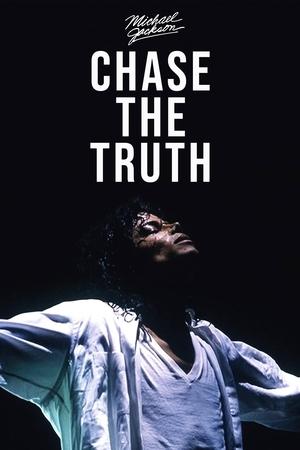 7.2
7.2Michael Jackson: Chase the Truth(en)
Taking an investigative look into the legal battles of the global superstar. Close friends, former staff and researchers paint an intimate portrait of Jackson's complicated world and put allegations of sexual abuse under the microscope. The film defends American singer Michael Jackson against allegations of child sexual abuse made in the documentary Leaving Neverland.
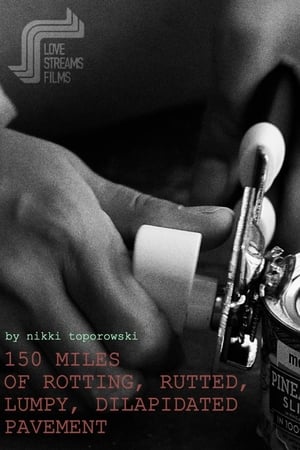 0.0
0.0150 Miles of Rotting, Rutted, Lumpy, Dilapidated Pavement(en)
A Woman Watches People.
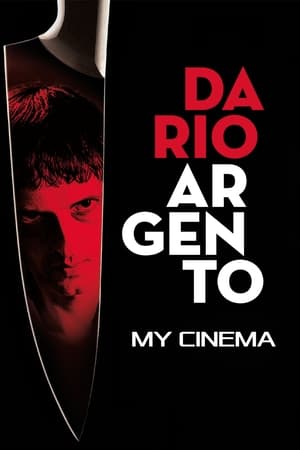 6.0
6.0Dario Argento: My Cinema(it)
Documentary on the films of Dario Argento from his debut "The Bird with the Crystal Plumage" up until "The Phantom of the Opera".
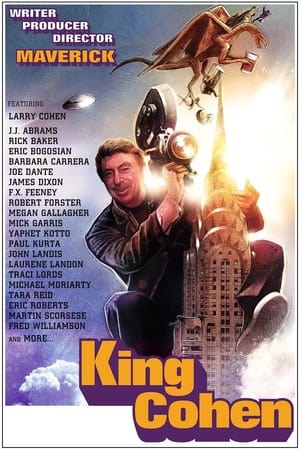 6.6
6.6King Cohen(en)
A feature-length documentary focusing on the acclaimed work and eclectic career of maverick filmmaker Larry Cohen, writer-director of "Black Caesar," "It's Alive," "God Told Me To," "Q," "The Stuff," and many more.
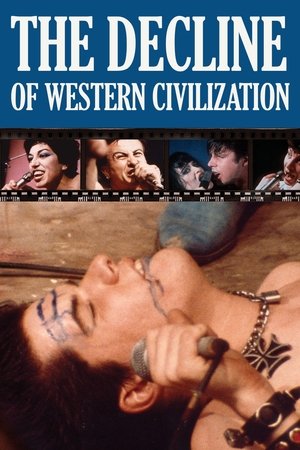 7.2
7.2The Decline of Western Civilization(en)
The Los Angeles punk music scene circa 1980 is the focus of this film. With Alice Bag Band, Black Flag, Catholic Discipline, Circle Jerks, Fear, Germs, and X.
Homo Cinematographicus(fr)
Homo Cinematographicus is a human species whose unit of measurement and point of reference is the cinema and its derivative, television. Filmed at the 1998 Cannes Film Festival, the film offers an unspecified number of statements, talking about memories and a thousand fragments of stories, titles and film scenes, the warp of a gigantic collective Chanson de geste.
 6.0
6.0No Angel: A Life of Marlene Dietrich(en)
Biography of Marlene Dietrich using interviews, film clips and rare footage of the actress, including her own home movies.
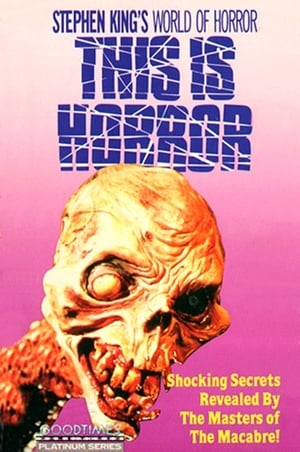 8.0
8.0Stephen King's World of Horror(en)
This horror documentary is not the same as the 1986 TV special Stephen King's World of Horror nor the 1988 VHS release of the same name, which runs 45 minutes, was distributed by Front Row Entertainment and is about King himself. Instead, This Is Horror (copyright 1989) was a TV special which ran in four 60 minute increments. This new special used some framing footage from the original 'World of Horror' but is primarily newer interviews and behind-the-scenes footage about what was hot in horror in the late 80s. Here in the U.S., a condensed 90-minute version made its way onto video courtesy of Goodtimes in 1990. Elsewhere, the entire special was released as 2 different tapes running 90 minutes apiece. In the UK these were titled This is Horror: A Video Encyclopedia of Horror (Volumes 1 and 2) and in Germany they were called Best of Stephen King's World of Horror (Parts 1 & 2).
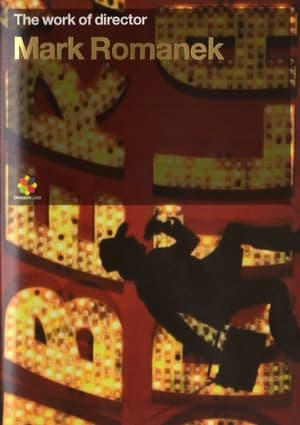 8.3
8.3The Work of Director Mark Romanek(en)
More than two-dozen music-videos directed by filmmaker Mark Romanek (One-Hour Photo) are collected together in this compilation from Palm Pictures. Among the songs featured in The Work of Director Mark Romanek are "Novocaine for the Soul" by Eels, "99 Problems" by Jay-Z, and "Hurt" by Johnny Cash.
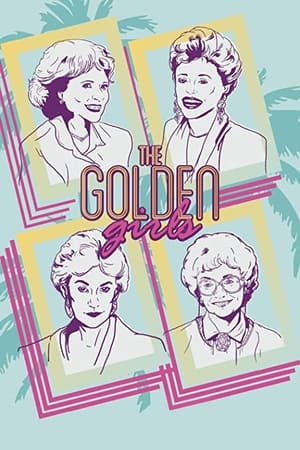 7.3
7.3The Golden Girls: Their Greatest Moments(en)
A 90-minute special reuniting the main cast of the American sitcom, "The Golden Girls", where they share their favorite moments from the show, behind-the-scenes footage, and plenty of laughs
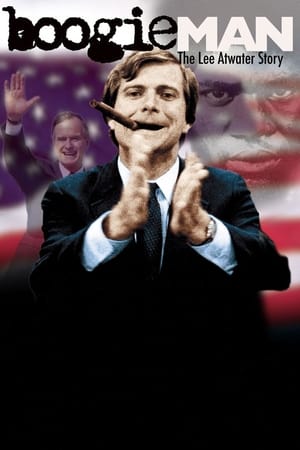 7.7
7.7Boogie Man: The Lee Atwater Story(en)
Boogie Man is a comprehensive look at political strategist, racist, and former Republican National Convention Committee chairman, Lee Atwater, who reinvigorated the Republican Party’s Southern Strategy to increase political support among white voters in the South by appealing to racism against African Americans. He mentored Karl Rove and George W. Bush and played a key role in the elections of Reagan and George H.W. Bush.
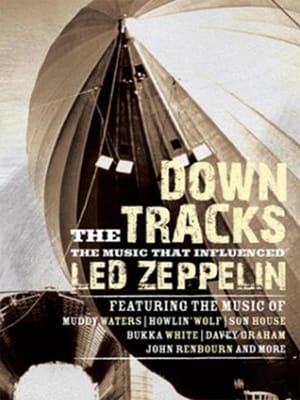 8.0
8.0Down the Tracks: The Music That Influenced Led Zeppelin(en)
Delve into the musical influences of iconic rockers Led Zeppelin, whose epic brand of arena rock grew out of a deep love of the blues, the skiffle and folk rock. Music historians and authors join producers Joe Boyd and Larry Cohn, as well as performers John Renbourn, Chas McDevitt and Davey Graham, in their analysis of the band's musical roots. An enthralling section also explores Zeppelin's fascination with the occult.
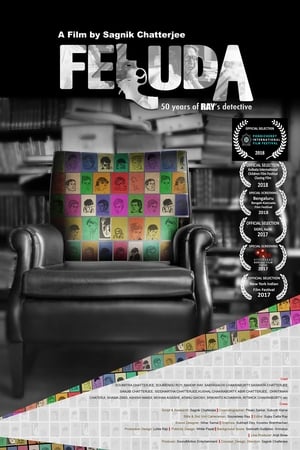 0.0
0.0Feluda: 50 Years of Ray's Detective(en)
A documentary exploring the 50-year legacy of Bengali fictional detective Feluda, created by Satyajit Ray.
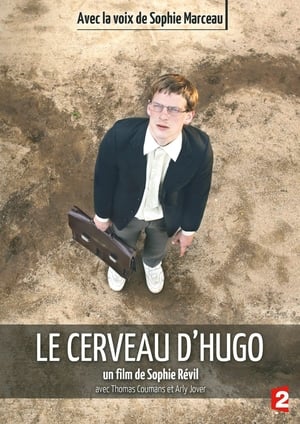 7.8
7.8The Hugo's Brain(fr)
The Hugo's Brain is a French documentary-drama about autism. The documentary crosses authentic autistic stories with a fiction story about the life of an autistic (Hugo), from childhood to adulthood, portraying his difficulties and his handicap.
Tin Tan(en)
Germán Cipriano Gómez Valdés Castillo, a young radio announcer from Cuidad Juárez, succeeds in drawing attention to the pachuco movement through his character Tin Tan, laying the groundwork for a new form of binational and mass linguistic expression: Spanglish. He soon became a leading figure in theater and film on the American Continent. Singled out by critics as a destroyer of the language, he quickly won the approval of the public. His ability to improvise revolutionized the film industry. His talent as an actor, singer, dancer and comedian contributed to the Golden Age of Mexican Cinema. From El Hijo Desobediente to Capitán Mantarraya, from Cuidad Juárez to Havana, from mambo to rock, the legacy of Tin Tan makes him one of the great icons of Mexico today. This film tells his story as it has never been told before.
 6.7
6.7Workers Leaving the Lumière Factory(fr)
Working men and women leave through the main gate of the Lumière factory in Lyon, France. Filmed on 22 March 1895, it is often referred to as the first real motion picture ever made, although Louis Le Prince's 1888 Roundhay Garden Scene pre-dated it by seven years. Three separate versions of this film exist, which differ from one another in numerous ways. The first version features a carriage drawn by one horse, while in the second version the carriage is drawn by two horses, and there is no carriage at all in the third version. The clothing style is also different between the three versions, demonstrating the different seasons in which each was filmed. This film was made in the 35 mm format with an aspect ratio of 1.33:1, and at a speed of 16 frames per second. At that rate, the 17 meters of film length provided a duration of 46 seconds, holding a total of 800 frames.
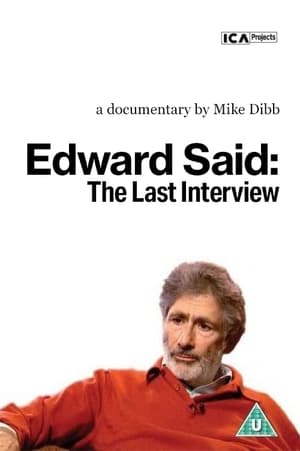 7.0
7.0Edward Said: The Last Interview(en)
Prominent Columbia University English and Comparative Literature professor Edward Said was well known in the United States for his tireless efforts to convey the plight of the Palestinian people, and in this film shot less than a year before his death resulting from incurable leukemia, the author of such books as {-Orientalism}, {-Culture and Imperialism}, and {-Power, Politics, and Culture} discusses with filmmakers his illness, his life, his education, and the continuing turmoil in Palestine. Diagnosed with the disease in 1991, Said struggled with his leukemia throughout the 1990s before refraining from interviews due to his increasingly fragile physical state. This interview was the one sole exception to his staunch "no interview" policy, and provides fascinating insight into the mind of the man who became Western society's most prominent spokesman for the Palestinian cause.

